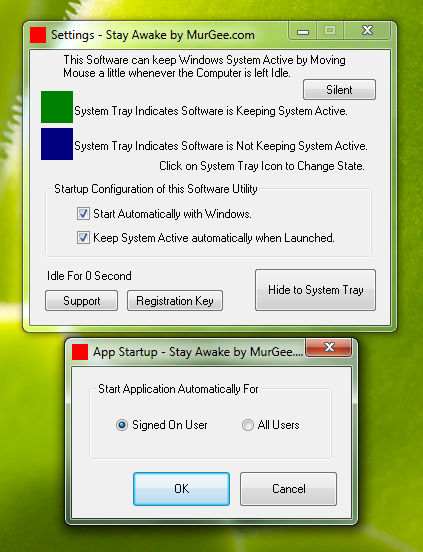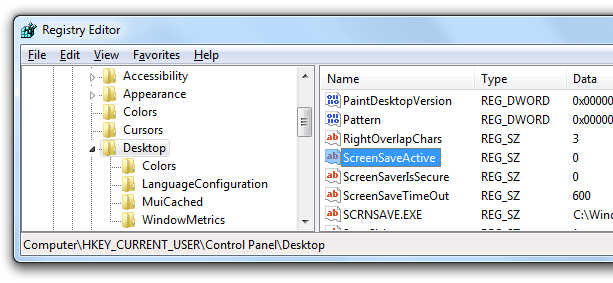This post about how to disable screensaver provides quick, easy and dirty ways with which you or anybody else (like system administrator) can disable the screensaver on the windows computer you are running. Information provided on this post contains information related to specific windows operating system and generic information as well which applies to all windows operating systems including Windows 8.1, Windows 11, Windows 10, Windows 2000, etc. Once the Screensaver is disabled successfully using any of the methods and you leave you windows computer inactive or idle, your screensaver will not startup automatically and in case the screensaver is configured to display a lock screen when anybody tries to access your windows computer, that lock screen will not appear. Whatever method you choose to disable the screensaver, you must test whether the method worked fine or not on your windows computer.
The easiest way to disable screensaver for signed on user or for all users on the computer is to use a 3rd party free to try out software utility. The MurGee Stay Awake Utility can Prevent ScreenSaver Activation by keeping the computer active, is a standalone application and does not requires admin rights for installation. All you need to do is download the utility, save it to some location on your computer and run it, that’s it and you screensaver would get practically disabled as long as the utility is keeping your windows system active. The Stay Awake Utility is as displayed below and works fine on all windows versions from Windows 8.1 onwards to Windows 11.

The next way to disable screensaver requires access of Registry & you must know how to navigate and find your way into the regedit.exe and understanding that modifying registry must be done with care and possibly with appropriate supervision. In order to disable the screensaver, you would need to open up the regedit.exe, navigate to the HKEY_CURRENT_USER\Control Panel\Desktop key from the left hand side of the Registry tree and then look for the ScreenSaveActive Key on the Right Hand side and change it’s value to 0. This Registry Change would disable the screensaver for the signed on user and in order to verify whether the screensaver has been disabled or not, logoff and sign on again on your windows computer, leave the computer idle and check whether the screensaver gets launched automatically or not.

Another option to disable screensaver is by using Group Policy Editor and this can be useful to control the screensaver functionality for multiple users. The Group Policy Settings allow to hide the screensaver settings from control panel, allows you to configure no screensaver option, allows you to specify a screensaver file as the default and only screensaver a user can use and allows to set password on all screensavers.